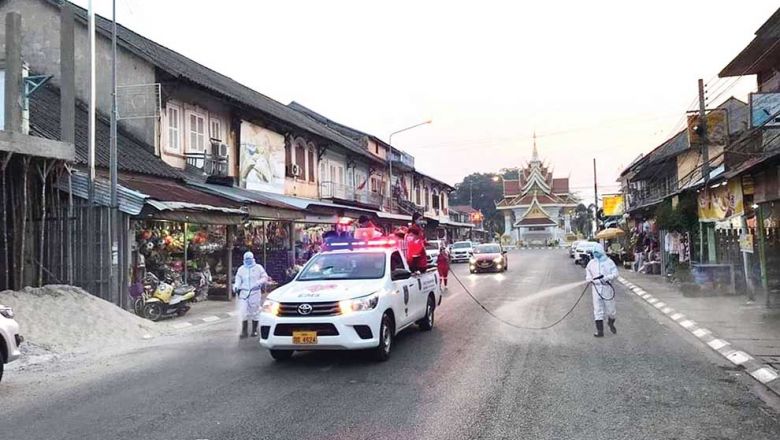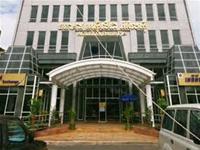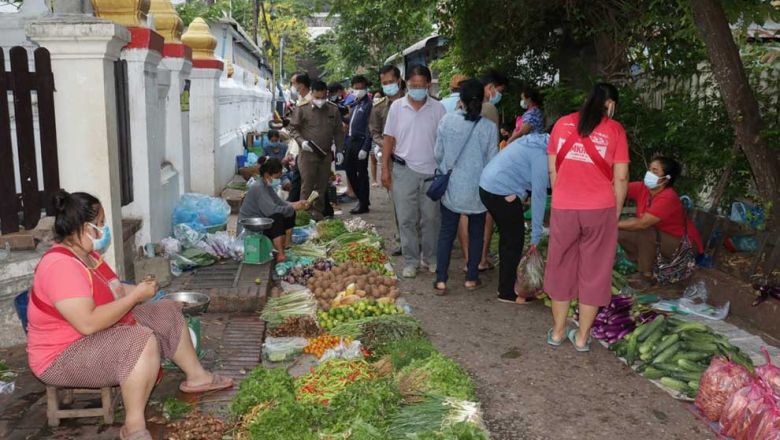Special economic zones hold promise in CLM development
Special economic zones hold promise in CLM development
Private firms have been active in developing special economic zones (SEZs) in Cambodia, Laos and Myanmar (CLM), helping to reduce burdens placed on public resources and to improve the efficiency of managing these spaces.
SEZs also provide investors with preferential tax and regulatory treatment, often along with access to better connectivity, in a limited geographical area of a country.
Laos has pursued a mix of government and private-led SEZ development strategies, with the government taking complete responsibility for the development of the Savan-Seno and Thakhek SEZs, according to the Organis ation for Economic Co-operation and Development ( OECD).
The Lao government is also working in co-operation with Chinese firms to develop the Golden Triangle SEZ, the Vientiane Industrial and Trade Area and the Xaysettha Development Zone; the development of five other SEZs has been given entirely to Lao or foreign firms, which have been granted long-term leases.
Laos has established ten SEZs across the country since 2003, each of which has attracted between US$50 million and US$1.6 billion in investment, according to the OECD report on the Economic Outlook for Southeast Asia, China and India 2016 that was delivered at the recent Asean-BIS meeting in Vientiane.
SEZs have a long history but became particularly popular in Asia in the 1970s and 80s as a way of attracting investment. Whil e these zones may represent a second-best alternative to broader reform to liberalise and improve the business environment, the SEZs may be more feasible politically.
They provide testing grounds for gradual reform and can be used to foster clustering and economies of scale, including in the provision of infrastructure and services.
The CLM countries are taking steps to establish more SEZs in an effort to boost growth and promote economic diversification.
These zones have been established under specifically designed legal frameworks. Investors in SEZs are offered tax breaks and other financial and regulatory incentives.
Fifteen SEZs have been approved in Cambodia since they were first formally introduced in 2005. In Myanmar, in addition to 19 existing industrial zones and a further seven under development, three larger SEZs are being established at Dawei, Tanintharyi Region; Kyauk Phyu, Rakhine State; and Thilawa, near Yangon.
Cambodia's SEZs have been developed by private firms, whose proposals are reviewed by the Cambodia Special Economic Zone Board and the Council for the Development of Cambodia.
SEZs in Myanmar are similarly being developed by both government and private firms. The Dawei and Kyauk Phyu zones are being developed by an Italian-Thai joint venture and a Singapore-led coalition, respectively, while the Thilawa Special Economic Zone is being developed jointly by the governments of Myanmar and Japan.
Good practices in SEZ policy include: equal treatment of foreign and local investors; provisions for catering to the domestic market and for purchasing from domestic suppliers in a way that is fair to the domestic market; open eligibility for benefits; labour policies consistent with international norms; and transparent and fair private zone development.
Successful SEZs can attract investment and generate employment, though some potential government revenue may be lost to incentives for investments that would have been made regardless.
By attracting foreign firms in new sectors, the zones can also be used to help boost workers' skills and the level of development.
Ideally, strategies that prove successful in SEZs can be expanded to apply to the rest of the country, though adjustments - to tax and financial incentives in particular may be needed to ensure that these policies do not place undue burdens on the government.

















